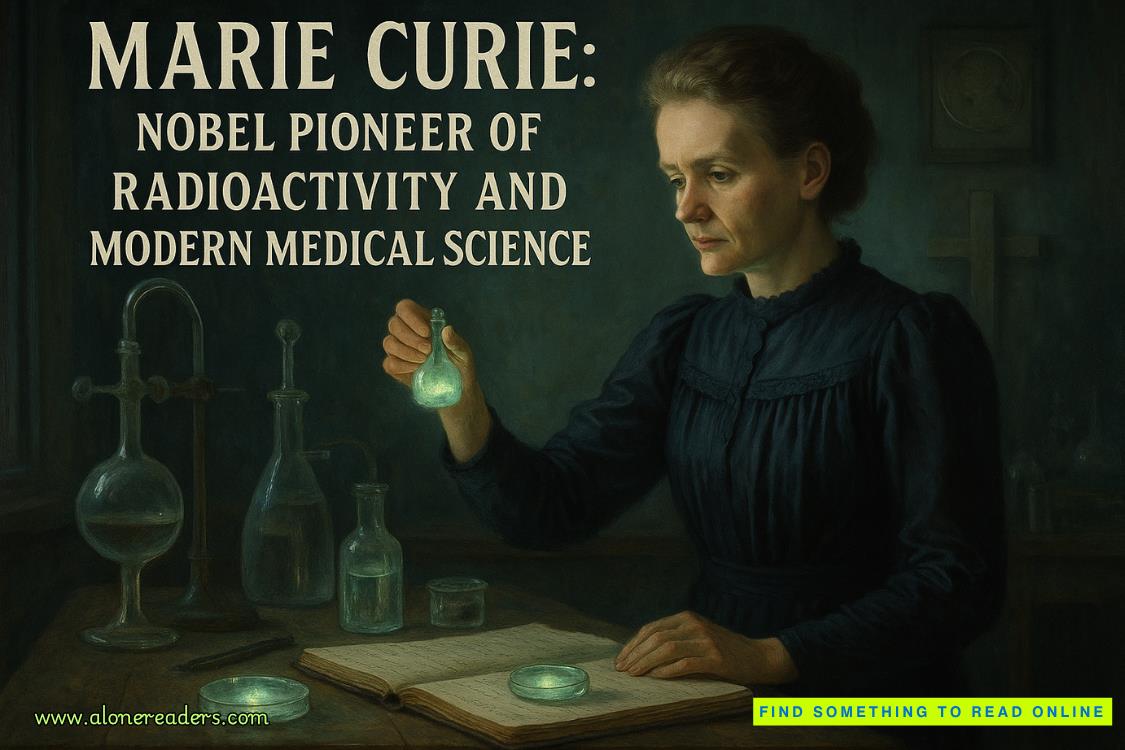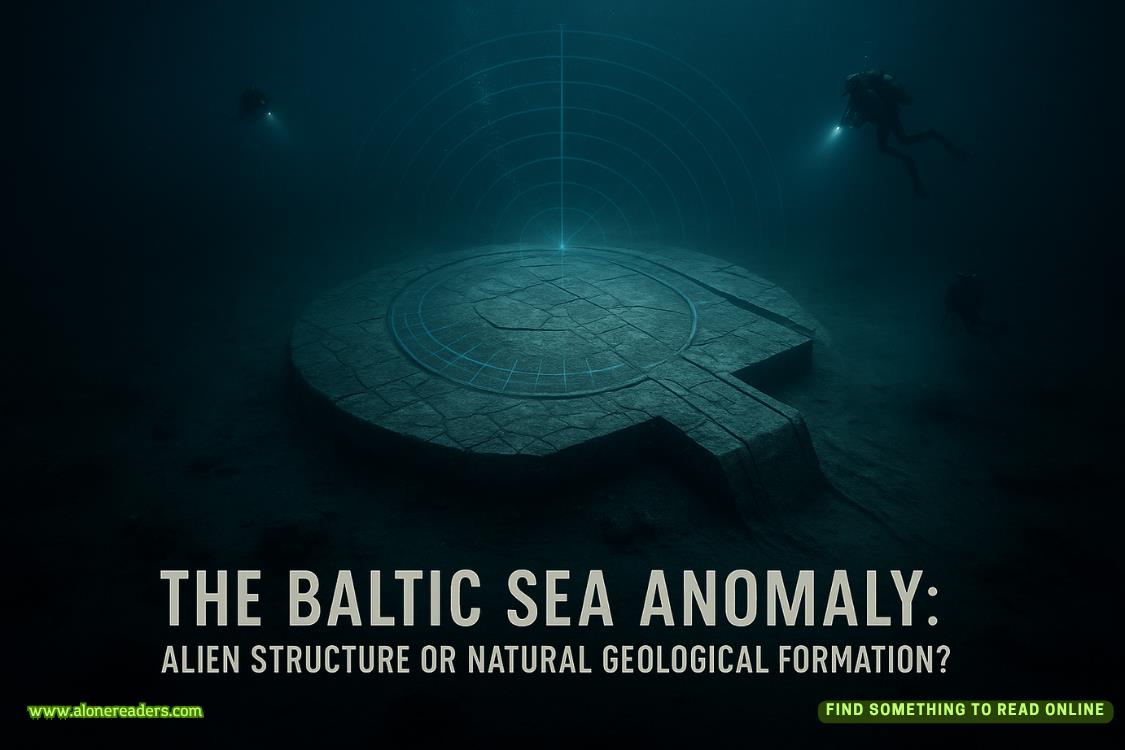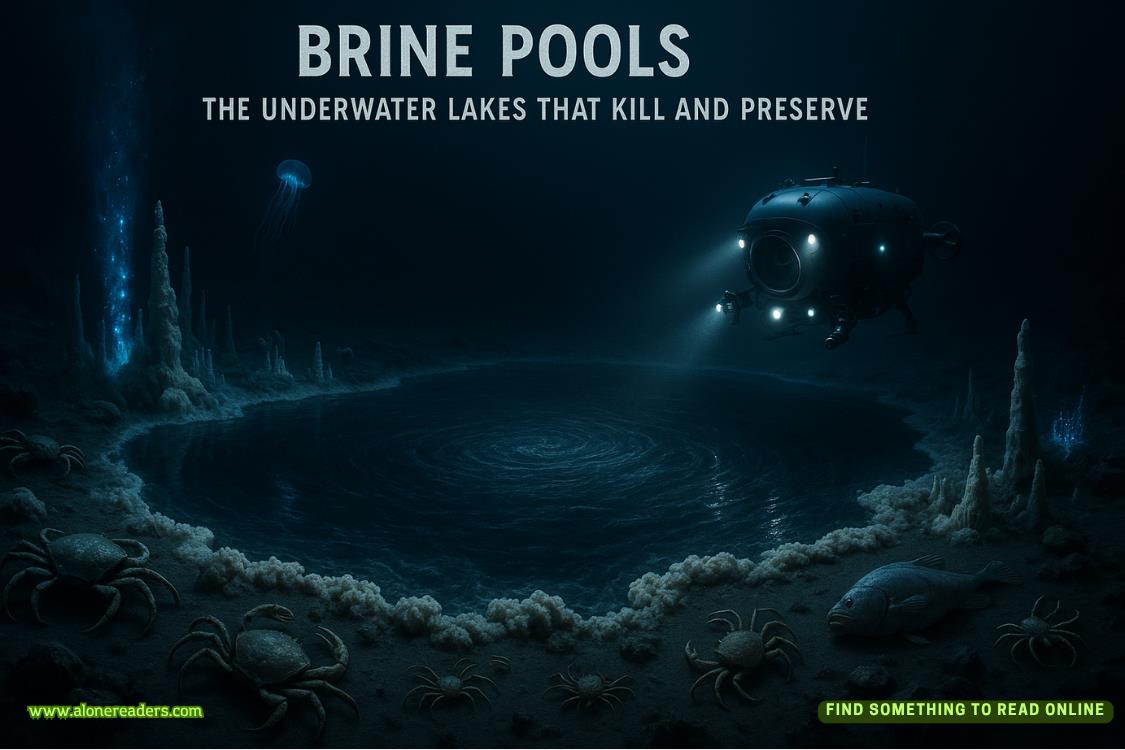Page 5 of Inca Gold (Dirk Pitt 12)
How long she was swept through the swirling vortex, Cuttill could not remember. The violent surge totally erased what was left of the village. The few drenched men who somehow remained alive on the battered Conception were even further terrorized by the sight of centuries-dead mummies of the ancient Incas rising to the surface and surrounding the ship. Torn by the wave from their graves in some long-forgotten burial ground, the amazingly well-preserved bodies of the dead stared sightlessly at the horrified sailors, who were certain they were being cursed by creatures of the devil.
Cuttill attempted to move the tiller as if steering the ship. His was a useless gesture as the rudder had been ripped off its pintles soon after the wave struck. He clung tenaciously to life, his fear heightened by the mummies that swirled around the galleon.
The worst was far from over. The mad swirl of the tidal current caused a vortex that spun the galleon with such force the masts went crashing over the sides and the two guns broke their lashings and tumbled about the deck in a wild dance of destruction. One by one the fear-crazed seamen were swept away by the gyrating avalanche of water until only Cuttill was left. The enormous surge smashed and ravaged its way 8 kilometers (5 miles) inland, uprooting and shredding trees until over 100 square kilometers (36
square miles) were utterly devastated. Massive boulders were scattered ahead of the wave's force like small pebbles thrown by a boy's sling. Then at last, as the leviathan of death met the foothills of the Andes it began to lose momentum. Its fury spent, it lapped at the foot of the mountains and finally began to recede with a great sucking sound, leaving in its wake a swath of destruction unknown in recorded history.
Cuttill felt the galleon become motionless. He stared across the gun deck covered with fallen rigging and timbers, unable to see another living soul. For nearly an hour he huddled under the tiller, fearing a return of the murderous wave, but the ship remained still and silent. Slowly, stiffly, he made his way to the top of the quarterdeck and surveyed the scene of devastation.
Astoundingly, the Conception sat upright, high and dry in a flattened jungle. He judged her to be almost three leagues from the nearest water. Her survival was due to her rugged construction and the fact she was sailing into the wave when it struck. If she had been sailing away the watery force would have smashed into her high sterncastle and ripped her to kindling. She had endured, but she was a wreck that would never feel the sea beneath her keel again.
Far in the distance, the village had disappeared. All that remained was a wide beach of sand swept free of wreckage. It was as if a thousand people and their homes had never existed. Corpses littered the drenched jungle. To Cuttill they seemed to be scattered everywhere, in some places over 3 'meters deep (10 feet). Many were hanging grotesquely in th
e twisted branches of the trees. Most had been battered into almost unrecognizable shapes.
Cuttill could not believe he was the only human to survive the cataclysm, and yet he failed to see another living soul. He thanked God for his deliverance and prayed for guidance. Then he took stock of his situation. Stranded fourteen thousand nautical miles from England, deep in a part of the world controlled by the Spanish, who would gladly torture and execute a hated English pirate should they lay hands on him, his odds of living a long life were slim indeed. Cuttill saw absolutely no hope of returning home by sea. He decided his only course, one with little probability of success, was to trek over the Andes and work east. Once he reached the Brazilian coast there was always the possibility of meeting up with an English marauder that was raiding Portuguese shipping.
The following morning he made a litter for his sea chest and filled it with food and water from the ship's galley, bedding, two pistols, a pound of gunpowder, a supply of shot, flint, and steel, a sack of tobacco, a knife, and a Spanish Bible. Then with nothing else but the clothes on his back, Cuttill set off with his litter for the mists hovering over the peaks of the Andes, taking one final look at the forlorn Conception and wondering if perhaps the gods of the Incas were somehow responsible for the catastrophe.
Now they had their sacred relics back, he thought, and they were damned welcome to them. The antique jade box with its strange lid came to mind, and he did not envy the next men who came to steal it.
Drake returned triumphantly to England, arriving at Plymouth on September 26, 1580, with the Golden Hind's holds bulging with spoils. But he found no sign of Thomas Cuttill and the Nuestra Senora de la Concepcion. His backers received a 4700 percent profit on their investment and the queen's share became the foundation for future British expansion. During a lavish party on board the Hind at Greenwich, Queen Elizabeth conferred knighthood on Drake.
The second ship to circumnavigate the world was made a tourist attraction. For three generations she remained on view until finally she either rotted away or burned to the waterline. History doesn't know for certain how it happened, but the Golden Hind vanished into the water of the Thames.
Sir Francis Drake continued his exploits for another sixteen years. On a later voyage, he seized the city ports of Santo Domingo and Cartagena and became Her Majesty's Admiral-of-the-Seas. He also served as mayor of Plymouth and a member of Parliament. And then there was his bold attack on the great Spanish Armada in 1588. His end came during an expedition to plunder ports and shipping on the Spanish Main in 1596. After succumbing to dysentery he was sealed in a lead coffin and dropped in the sea near Portobelo, Panama.
Before his death, hardly a day passed when Drake didn't puzzle over the disappearance of the Conception and the enigma of the mysterious jade box and its knotted cords.
BONES AND THRONES
October 10, 1998
Andes Mountains of Peru
The skeleton reclined in the sediment of the deep pool as if resting on a soft mattress, the cold unwinking eye sockets of the skull staring upward through the liquid gloom toward the surface 36 meters (120 feet) away. There was a horrible vindictive grin set in the teeth as a small water snake thrust its evil head from under the rib cage, and then slithered away, leaving a tiny cloud of silt to smudge its trail. One arm was held in an upright position by an elbow imbedded in the muck, the bony fingers of the hand as if beckoning the unwary.
From the bottom of the pool to the sun above, the water gradually lightened from a dismal gray-brown to a pea-soup green from the pond scum that flourished under the tropical heat. The circular rim stretched 30 meters (98 feet) across and the sheer walls dropped 15 meters (49 feet) to the water. Once in, there was no way a human or animal could escape without help from above.
There was an ugliness about the deep limestone sinkhole, or cenote as it was technically called, a repugnant menace that animals sensed, refusing to approach within fifty meters of its perimeter. A grim sense of death hung about the place, and rightly so. The place was more than a sacred well where men, women, and children had been thrown alive into the dark waters as sacrifices during times of drought and harsh storms. Ancient legends and myths called it a house of evil gods where strange and unspeakable events occurred. There were also tales of rare artifacts, handcrafted and sculpted, along with jade, gold, and precious gemstones, that were said to have been cast into the forbidding pool to appease the evil gods who were inflicting bad weather. In 1964 two divers entered the depths of the sinkhole and never returned. No attempt had been made to recover their bodies.
The sinkhole's early history began in the Cambrian era when the region was part of an ancient sea.
Through the following geological eras, thousands of generations of shellfish and coral lived and died, their skeletal carcasses forming an enormous mass of lime and sand that compressed into a limestone and dolomite layer two kilometers thick. Then, beginning sixty-five million years ago, an intense earth uplifting occurred that raised the Andes Mountains to their present height. As the rain ran down from the mountains it formed a great underground water table that slowly began dissolving the limestone. Where it collected and pooled, the water ate upward until the land surface collapsed and created the sinkhole.
In the damp air above the jungle surrounding the cavity, an Andean condor banked in great lazy circles, one emotionless eye fastened on a group of people working around the edge of the cenote. Its long, broad wings, measuring 3 meters (10 feet), arched stiff to catch the air currents. The huge black bird, with its white ruff and bald pinkish head, soared effortlessly as it studied the movement below.
Finally, satisfied that no meal was in the offing, the vulture ascended to a greater height for distant observation and drifted eastward in search of carrion.
A great deal of unresolved controversy had surrounded the sacred pool, and now archaeologists had finally gathered to dive and retrieve artifacts from its enigmatic depths. The ancient site was located on a western slope beneath a high ridge of the Peruvian Andes near a great ruined city. The nearby stone structures had been part of a vast confederation of city-states, known as the Chachapoyas, that was conquered by the renowned Inca empire around A.D.1480.
The Chachapoyan confederation encompassed almost 400 square kilometers (150 square miles). Its metropolitan spread of farms, temples, and fortresses now lay in mostly unexplored heavily forested mountains. The ruins of this great civilization indicated an incredibly mysterious blend of cultures and origins that were mostly unknown. The Chachapoyan rulers or council of elders, their architects, priests, soldiers, and ordinary working people in the cities and on the farms left virtually no record of their lives.
And archaeologists had yet to fathom their government bureaucracy, justice system, and religious practices.
As she stared down at the stagnant water through big, wide, hazel eyes under raised dark brows, Dr.
Shannon Kelsey was too excited to feel the cold touch of fear. A very attractive woman when dressed and made up, she possessed a rather cool and aloof self-sufficiency that most men found irritating, particularly so since she could gaze into their eyes with a teasing boldness. Her hair was straight and soft blond and tied in a ponytail by a red bandanna, and the abundance of skin that showed on her face, arms, and legs was richly tanned. The inside of her one-piece black Lycra swim suit was nicely filled by an hourglass figure with an extra twenty minutes thrown in for good measure, and when she moved it was with the fluid grace of a Balinese dancer.















